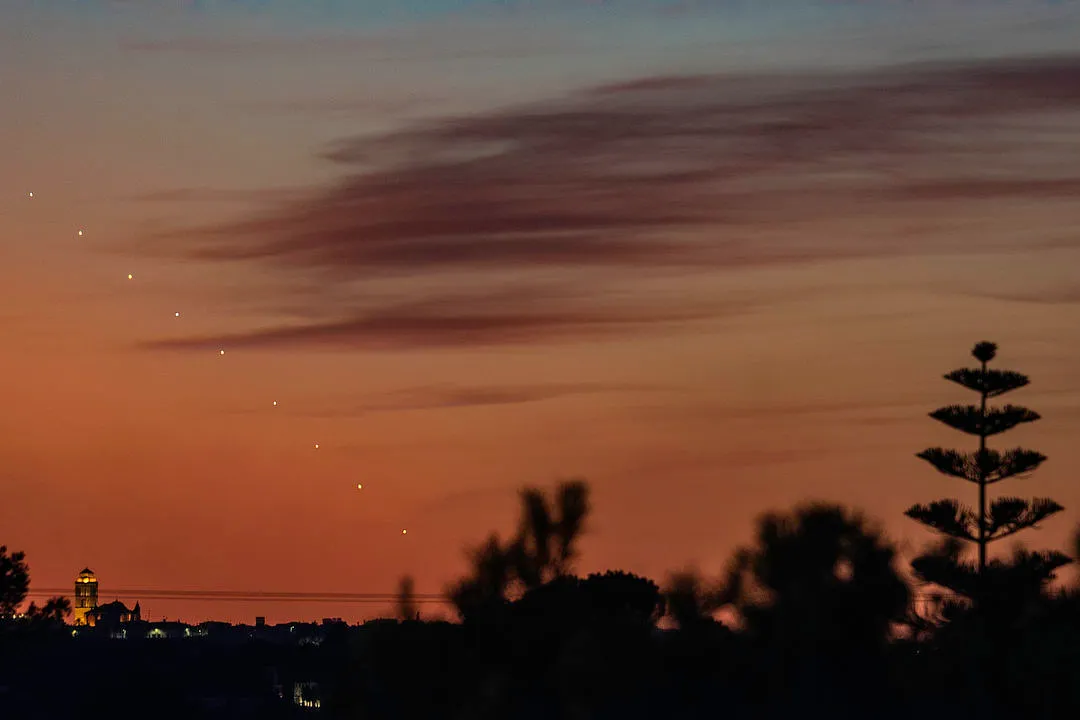Have you ever looked up at the sky during sunrise or sunset and noticed it's glowing a brilliant red or orange?
Early morning or early evening, the sky often appears to glow in beautiful colours of red, orange, purple and pink.
More science questions answered

Breathtaking displays like this are beautiful, but the phenomenon is grounded in physics.
It's all to do with how sunlight interacts with Earth’s atmosphere, and what happens during light's journey from the Sun.
Want to capture it? Read our guide on how to photograph a sunset

A physics primer on light
Sunlight may appear white, but it's really a mix of all the colours of the visible spectrum: red, orange, yellow, green, blue, indigo and violet (if you remember your rainbow mnemonics!)
Each colour travels in waves, and each has a different wavelength.
Blue and violet light have short wavelengths, while red and orange light have longer wavelengths.

Astronomers can even isolate different wavelengths of light to give them different views of objects in space, and therefor reveal properties that would be hidden to the human eye.
As sunlight hits Earth, it passes through our atmosphere, encountering molecules of air, water vapour and tiny particles like dust or pollution.
This interaction causes scattering, a process where light changes direction when it strikes small particles.
Why the sky is usually blue
During the day, when the sun is high in the sky, sunlight travels a shorter path through the atmosphere.
The shorter wavelengths – especially blue and violet – scatter much more than the longer wavelengths.
Although violet light scatters more than blue, our eyes are more sensitive to blue and the upper atmosphere absorbs some violet, so the sky appears blue.

Why the sky turns red at sunrise and sunset
At sunrise and sunset, the Sun is near the horizon. This means sunlight must pass through a much thicker layer of the atmosphere to reach your eyes.
As the light travels through this thicker layer:
- More scattering occurs, especially of shorter blue and green wavelengths
- By the time the light reaches you, much of the blue and green light has been scattered away in other directions
- What remains are the longer wavelengths: reds, oranges, and pinks
- This is why the sky can appear vividly red, orange or pink during these times

